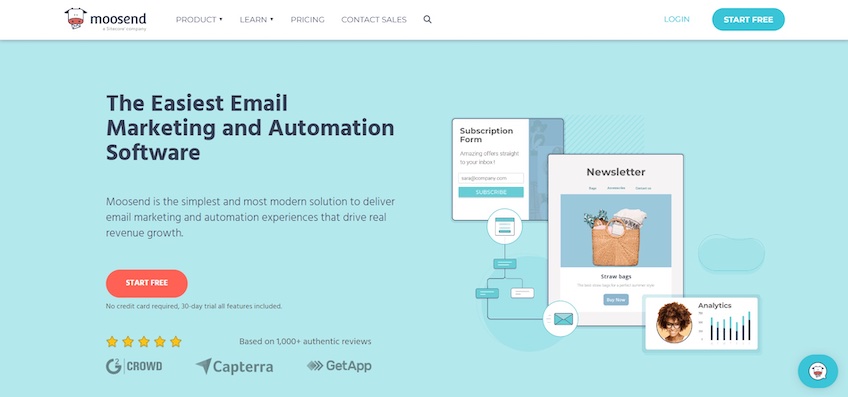3 Rules for Being Yourself at Work
You stumble into success when you practice being yourself. It happened to me when I stopped trying to impress people.
Impact increases when you speak from the heart, when you’re being yourself.
Don’t worry so much about saying the right thing. Say what’s in your heart. Just don’t say something stupid.
Things I say today:
I say things to my coaching clients I didn’t say 10 years ago but should have.
- I only work with people I admire.
- I was thinking about our conversation in the shower.
- I’ve been looking forward to learning from you.
- You’re doing a great job.
- They’re lucky to have you.
- Brag to me. It’s just us. Tell me about the good things you’re doing.
- It’s a privilege to work with you.
- That’s brilliant.
- I think you can do better.
- One of the things I learned in our conversation to day is ….
3 Rules for being yourself at work:
Rule #1: Lower your guard.
When you lower your guard people feel comfortable being themselves. Personal relationship contributes to the growth process.
You give permission for people to be real when you stop faking.
Growth happens on the fringes of great relationships. But when you put on a mask everyone reaches for theirs too.
Rule #2: Express high regard.
Find reasons to like imperfect humans. Begin with yourself.
Who welcomes your influence in their life? People you hold in high regard or people that tick you off. People resist you when they feel you disrespect them.
Rule #3: Make a few evaluative statements.
Some of the things I say to clients might make ‘professional’ coaches bristle because they’re evaluative. I have no defense.
Final thoughts:
Express your heart when it’s appropriate. Don’t unburden yourself. Express your noble feelings.
People experience personal growth when they experience your genuine self.
What concerns you about being yourself?
How are you practicing being yourself at work?
4 Practices to Make Coaching Easy and Effective – Leadership Freak
4 Ways to Develop Talent by Coaching Through Success – Leadership Freak
John David Mann and I collaborated on a book that helps leaders get real with themselves – The Vagrant: The Inner Journey of Leadership.
If you’re reading The Vagrant as a team or a group, send an email to thevagrantbook@gmail.com and let me know. I’d love to setup a short video call with you to meet you, answer questions, and help you get the most out of your experience.
Order The Vagrant:
Like this:
Like Loading…



















